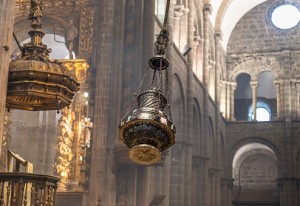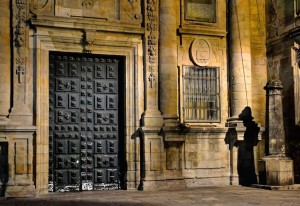In the realm of our calendar, the month of February is known for its peculiarity. Every four years, we add an extra day to stay in tune with the real time of Earth’s orbit. Thus, leap years are born, but what do they have to do with holy years? Let’s unravel this enigma in a simple and curious way.
When Numbers Align
Leap years not only impact calendars but also come into play when we talk about holy years in the Christian tradition. Every 25 years, a Jubilee is celebrated in the Vatican. Here’s the intriguing fact: some of these holy years happen to be leap years. The underlying reason merges the numerical regularity of leap years with the rhythm of holy years, creating an uncommon synchronization.
When the Calendar Connects with Faith
The convergence of a leap year with a holy year adds a peculiar touch to this relationship. This intersection between the mathematical adjustment of time and religious celebration creates a unique dynamic. Beyond numbers and traditions, we encounter an unusual interaction shedding light on how we measure time and celebrate our spirituality.
In summary, what appears to be a combination of numbers and faith ends up being a fascinating intersection between the secular and the spiritual. Leap years and holy years, seemingly independent, dance together on the stage of time, offering a unique perspective on how our measurements of time and spiritual traditions sometimes collide and other times align surprisingly. The calendar, a place where logic and faith meet!















